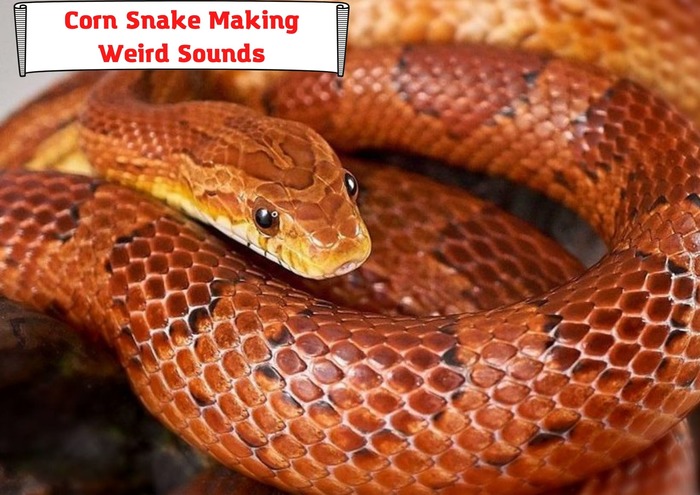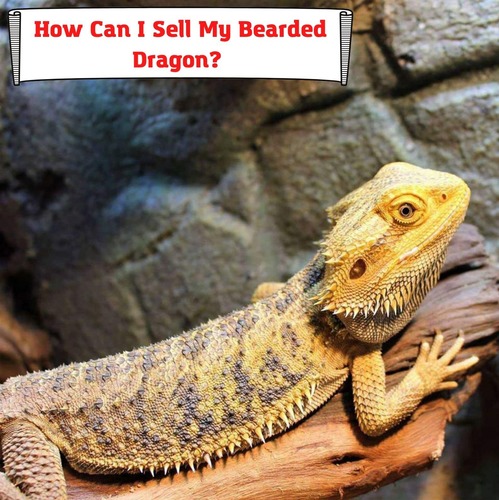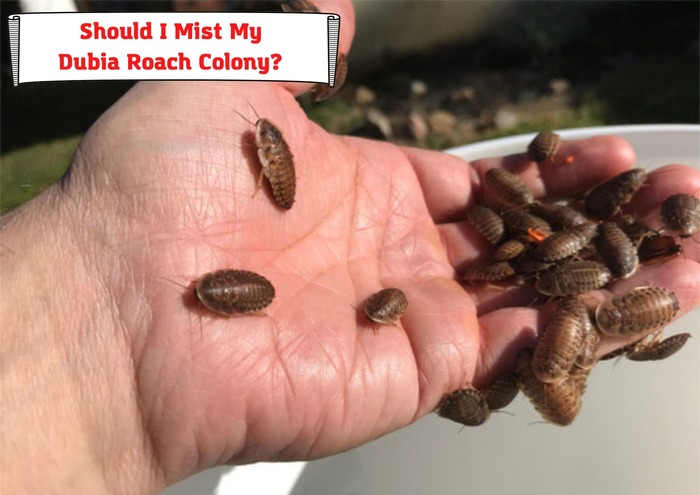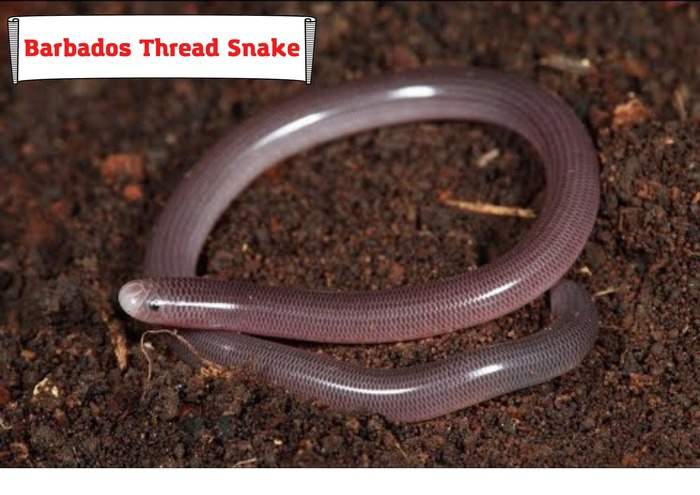House geckos or wall lizards are common in urban homes. Most people ignore them and allow them to live on their walls and roofs. In fact, some people are happy to see house geckos because they feed on invasive insects like roaches, houseflies, and mosquitoes.
If you love reptiles as pets, you can’t help but think of handling a house gecko when it wanders into your home. Can it bite? Should you allow your kids to play with wall lizards? Read on all for the answers and the information you need to handle house geckos safely.

Are House Geckos Dangerous?
House geckos are harmless. As insectivores, they do not consider human beings as prey. Their first instinct when approached is to run and hide in the nearest crevice or corner. However, wall lizards can bite when provoked or threatened.
You must have stressed a gecko long and hard enough for it to bite. If you hold it firmly, it will first shed its tail to escape your grip. In addition, lizards open their mouths wide and produce a hissing sound to communicate distress.
The gecko may bite if you insist on holding it firm or denying it the much-needed escape. A house gecko bite is not painful. It may not leave any marks on your skin or cause bleeding. In fact, it will shock you more than it hurts that a gecko bit you.
House lizards’ bites are gentle. Their mouths and teeth structures are not strong enough to devour meat or tough skin. However, the situation may become uglier if the lizard refuses to let go of your skin.
In some rare cases, lizards bite and stick to what they consider a threat. You may experience some pain while dealing with the shock and looking for a way to remove the lizard.
What Should You Do When A House Gecko Bites?
In most cases, the house lizard will bite in defense and run away to the nearest hiding place. Avoid stressing it further and deal with the bite. Use warm water and soap to wash your hands and the bitten area thoroughly.
The bite may be laughable but house geckos carry harmful pathogens and bacteria, such as salmonella. You risk developing a bacterial infection if you ignore the bite. In addition, you need to wash your hands after handling any reptile pet, even without a bite.
Antiseptic care at home is often enough to deal with lizard bites. However, you must take antibiotics if you suspect a high risk of a bacterial infection on the inflicted wound. You also need to monitor the wound after treatment.
Sometimes the lizard may leave its teeth in your skin especially when pulling off a stuck lizard. You also need further care in case of swelling, unending itchiness, and excessive bleeding.
You may experience worse symptoms when bitten by a poisonous lizard species. The signs and symptoms of a poisonous bite include breathing problems, dizziness, headache, allergic reaction, fatigue or weakness, and excessive sweating.
Poisonous bites may also lead to nausea and vomiting. Seek medical attention immediately and explain the source of the wound to the doctor. In addition, pay special attention to any wound around your neck or head, even if the gecko is non-poisonous.
If the lizard is stuck on your skin and won’t let go, use a metal bar or stick to loosen its grip without harming it. If you cannot reach a stick fast enough, dip the lizard in cold water.
Another risky but effective trick is to light a flame under its chin. The lizard will let go for its safety, allowing you to deal with the wound immediately.
Are There Dangerous Lizard Species?
Yes, some lizard species have venomous bites. Scientists have discovered at least 100 lizard species with venomous bites. For instance, iguanas, monitor lizards, and large lizards such as the Mexican Beaded Lizard and the Gila Monster are poisonous.
It is highly unlikely that you will encounter a venomous lizard. Similar to house geckos, lizards will only bite when provoked or stressed. Your safety lies in avoiding threatening lizards or mishandling them when they crawl into your home.
Another tip to remember is that lizards and geckos are irritable in the shedding season. Human touch is uncomfortable when they are shedding their skin. Stay away from lizards in those seasons, even if you enjoy petting them.
Severe symptoms from a lizard bite often indicate a venomous bite. If you are sure of a venomous bite, you need to stay calm and immobilize the bitten part with a sling. Go to the nearest hospital immediately.
Most venomous lizards will immediately sneak away to their hiding spots after a bite. You may need animal services to trace and isolate the poisonous lizard. Isolate the lizard if it is among your pets and surrender it to animal services in your area.
Can You Keep A House Gecko As A Pet?
Yes, you can get a house gecko as a pet. In fact, some of the reported house gecko bites are from distressed pets. A house gecko is a docile reptile pet. It will be easy to handle it now that you know how to prevent and deal with their bites.
You will need a tall tank with low-maintenance substrate at the bottom. Geckos like to hide and rest during the day. They come out to hunt for insects at night. You also need to provide natural climbing and hiding spots in their habitat.
Live plants are the best climbing spots, especially with hidden branches. You also need to regulate the humidity and temperature in the tank. Misting the tank daily regulates the humidity and acts as a source of water for the gecko.
You can place a male and female gecko in one tank for breeding. However, two males cannot live in one tank without fighting. Start with one gecko if you do not wish to care for a family of geckos.
What Do House Geckos Eat?
House geckos hunt for insects such as flies, crickets, wasps, cockroaches, worms, and mosquitoes. Such insects are attracted to urban lights, which partly explains why most house geckos live in urban houses.
If you keep geckos as pets, feed them similar insects, especially worms. The general feeding rule is that the insect’s length should not exceed the width of the gecko’s head. We are talking about tiny bits of worms or flies that the gecko can chew and swallow.
Avoid leaving live insects in the tank for the gecko to hunt and eat. The opposite may happen. The insects may bite the gecko’s eyes or skin instead of becoming prey. Another feeding tip is to fortify the insects with calcium at least 24 hours before the feeding time.
Geckos also require water for hydration. Place a shallow bowl of fresh or de-chlorinated water in a hidden corner where the gecko can bathe and drink. The daily mists are also a source of water for geckos.
How to Handle A Gecko To Avoid Bites
We have talked about the harmless gecko bites that can turn dangerous if the gecko sticks to your skin. Geckos are docile but they do not enjoy human touch, especially in a new environment. They are quick to run and hide when you approach.
If you just adopted or housed a young gecko, allow it to reach adulthood before trying to handle it. In addition, minimize handling even for adult geckos. When you must handle it, use the top part and not the underbelly.
Always wash your hands with soap and water before handling a gecko. The risk of bacterial infection is still present even with a housed gecko. You can also wear protective gloves to avoid contamination and bites when the gecko feels uncomfortable.
Get a good grip on his body before lifting the gecko from the tank and keep it in your hands. Otherwise, the gecko will writhe away and hide. Avoid handling the gecko’s tail. Geckos shed their tails and run when they feel threatened.
Remember to stay away from your pet when shedding its skin. Geckos shed their skin every four to six weeks. The skin is most sensitive at that time because a new skin layer is growing. Do not try to peel the skin to hasten the shedding process. You will make it worse.
The best way to help your pet at that time is to keep the tank humid and avoid handling it. Geckos have difficulties shedding their skin naturally when the environment is too dry. It is advisable to increase misting to twice a day in the shedding season.
Conclusion
House geckos are docile and harmless. However, they can bite when in distress. The bites are gentle and treatable at home. Deep, itchy, and swollen wounds require specialized medical attention. Severe symptoms may indicate a venomous bite.
You can keep a gecko as a pet. Provide a habitat with climbing and hiding spots. Geckos chew on insects such as worms, flies, crickets, and mosquitoes. Supplement the insects with calcium to boost the gecko’s health. In addition, avoid handling the gecko, especially in the shedding season.
- Pacman Frog Looks Deflated – What’s Wrong and What to Do? - August 7, 2023
- How to Put Snake Back in Cage after Feeding? Important Concerns - July 31, 2023
- Repta Boost: Instruction, Considerations, Ways to Use - July 24, 2023



